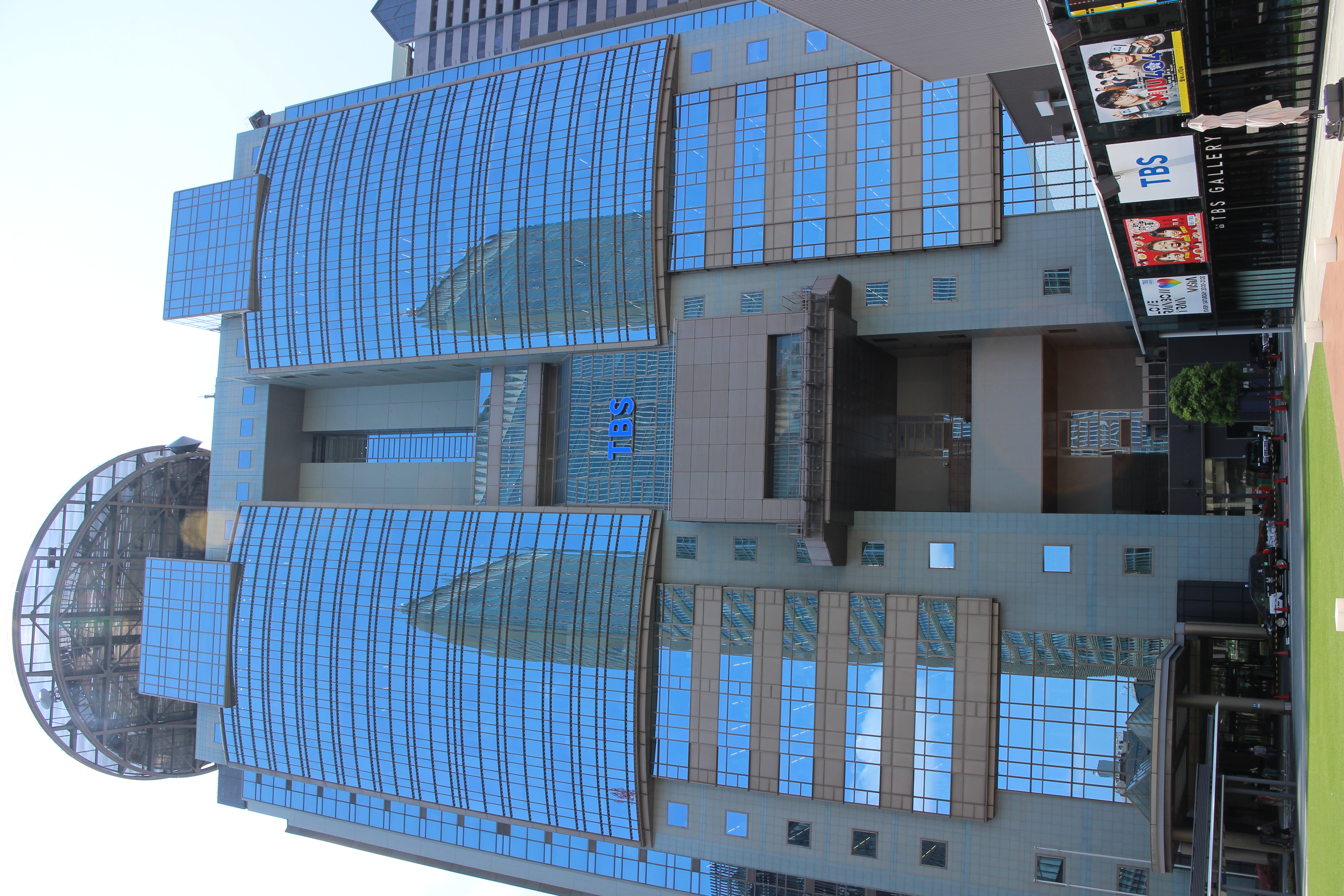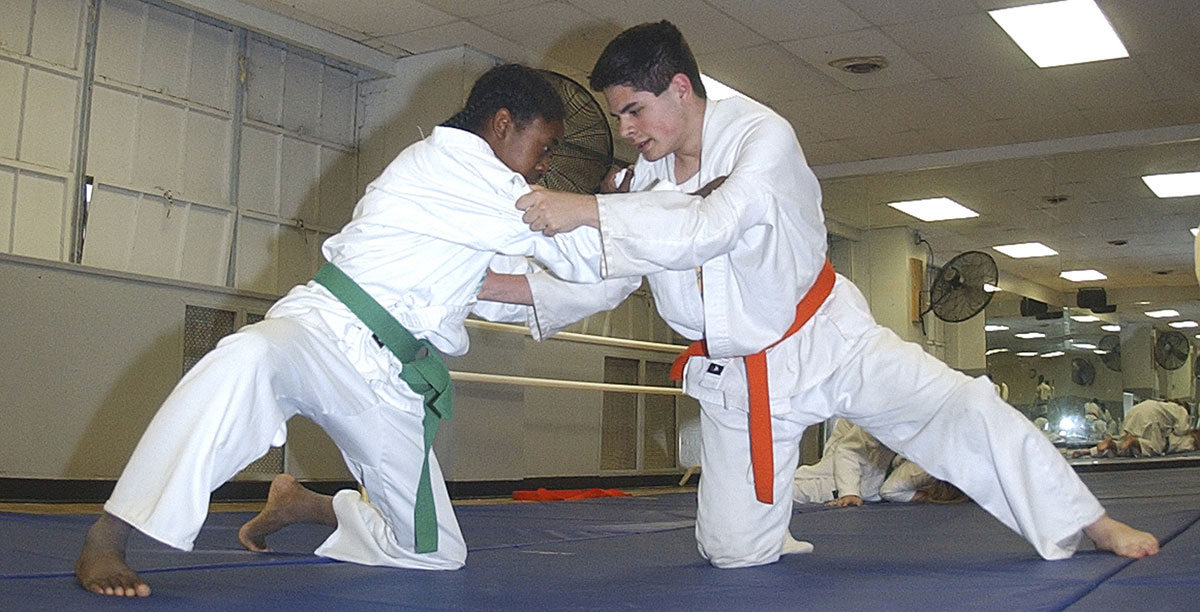|
Asu No Yoichi!
is a Japanese manga series written and illustrated by Yū Minamoto. It was serialized in ''Monthly Shōnen Champion'' from October 2006 to March 2011. The manga is licensed and released in Chinese by Sharp Point Press. The manga was formerly licensed in North America by Tokyopop as ''Samurai Harem: Asu no Yoichi!''. It has been adapted into an anime television series by Anime International Company, AIC and was broadcast in Japan on Tokyo Broadcasting System, TBS between January 8, 2009 and March 26, 2009. Plot After learning martial arts in the mountains for 17 years under his father's teachings, Yoichi Karasuma's father orders Yoichi to continue his training to strengthen his spirit with the Ikaruga family in the city, as he has nothing left to teach him (but really because Yoichi has become stronger and far more skilled than him). The current assistant head of the ''Ukiha Kamikaze, Divine Wind Style Swordplay'' school of martial arts in the city, Ibuki Ikaruga, and her sibli ... [...More Info...] [...Related Items...] OR: [Wikipedia] [Google] [Baidu] |
Tokyopop
Tokyopop (styled TOKYOPOP; formerly known as Mixx Entertainment) is an American distributor, licensor and publisher of anime, manga, manhwa and Western manga-style works. The German publishing division produces German translations of licensed Japanese properties and original English-language manga, as well as original German-language manga. Tokyopop's US publishing division publishes works in English. Tokyopop has its US headquarters near Los Angeles International Airport in Los Angeles, California. Its parent company's offices are in Tokyo, Japan and its sister company's office is in Hamburg, Germany. History Early history Tokyopop was founded in 1997 by Stuart J. Levy. In the late 1990s, the company's headquarters were in Los Angeles. Tokoypop published a manga magazine called MixxZine which serialized four classic manga including Sailor Moon, Magic Knight Rayearth, Parasyte, and Ice Blade. Eventually, MixxZine became an Asian pop culture publication entitled Tokyopop M ... [...More Info...] [...Related Items...] OR: [Wikipedia] [Google] [Baidu] |
BS-i
is a Japanese satellite broadcasting station headquartered in Akasaka Gochome, Minato, Tokyo. Its channel name is BS-TBS (formerly, BS-i). It is a member television station of Japan News Network. Channels *Television: BS-TBS is assigned BS161ch - 163ch. *Radio: BS-i had been assigned 461ch, 462ch, and was closed on September 30, 2005. - TBS Radio & Communications had been produced. *Data: BS-TBS is assigned BS766ch, BS768ch, but BS768ch is not being used now. History *November, 1998 - founded. *June, 2000 - JDC was renamed . *December 1, 2000 - BS-i started broadcasting. *July, 2004 - BS-i moved its headquarters from ''TBS Hoso Kaikan'' to ''TBS Broadcast Center 15th fl.'' *September 30, 2005 - BS-i closed satellite radio broadcasting. *April 1, 2009 - BS-i, Incorporated was renamed to its current name BS-TBS, Incorporated. Programs *General programs **A number of programs which TBS broadcasts are also broadcast on BS-TBS. *Anime programs **Anime produced by BS-TBS are p ... [...More Info...] [...Related Items...] OR: [Wikipedia] [Google] [Baidu] |
Rina Sato
Rina or RINA may refer to: __NOTOC__ People and fictional characters * Rina (given name), a list of people and fictional characters * Kento Rina, Indian politician * Mahfuza Rahman Rina, Bangladeshi politician * Tongam Rina (born 1979), Indian journalist and human rights activist * Ita Rina, stage name of Yugoslav actress Tamara Đorđević (1907-1979) * Rina (rapper), Kosovo-Albanian rapper, singer and songwriter Rina Balaj * A member of South Korean girl group Weki Meki * Rina (wrestler), Japanese professional wrestler Acronyms * Recursive Internetwork Architecture, a computer network architecture proposed as an alternative to the TCP/IP model * Registro Italiano Navale, the Italian shipping register * Royal Institution of Naval Architects, London Other uses * ''Rina'' (EP), the debut extended play by British-Japanese singer Rina Sawayama * ''Rina'' (TV series), a Mexican telenovela, or its main character * Hurricane Rina (2011), which made landfall in the Yucatan Peninsula * T ... [...More Info...] [...Related Items...] OR: [Wikipedia] [Google] [Baidu] |
Bokken
A ''bokken'' (, , "wood", and ''ken'', "sword") (or a ''bokutō'' ) is a Japanese wooden sword used for training in kenjutsu. It is usually the size and shape of a ''katana'', but is sometimes shaped like other swords, such as the ''wakizashi'' and ''tantō''. Some ornamental ''bokken'' are decorated with mother-of-pearl work and elaborate carvings. Sometimes it is spelled "boken" in English. ''Bokken'' are traditionally composed of red oak or white oak, although any hardwood can be used. In comparison, practice swords made of flexible, soft wood such as bamboo are referred to as ''shinai''. History It is hard to determine precisely when the first ''bokken'' appeared due to secrecy in ancient martial arts training and loose record-keeping. While various mock weapons were surely used during the earlier periods of Japanese history, usage of ''bokken'' in their modern form first emerged during the Muromachi Period (1336–1600) for the training of samurai warriors in the var ... [...More Info...] [...Related Items...] OR: [Wikipedia] [Google] [Baidu] |
Keikogi
(, "practice", , "dress or "clothes"), also known as or , is a traditional uniform worn for training in Japanese martial arts and their derivatives. Emerging in the late 19th century, the was developed by judo founder Kanō Jigorō. Origin Japanese martial arts historian Dave Lowry speculates that Kanō derived the uniform's design from the uniforms of Japanese firefighters' heavy hemp jackets, . By 1920, the as it exists today was worn by Kanō's students for judo practice; a photo displayed in the Kodokan (judo headquarters) taken in 1920 shows Kanō himself wearing a modern . Until the 1920s, Okinawan karate practice was usually performed in everyday clothes. Given the social climate between the Japanese and Okinawans during this time, karate was seen as brutish compared to Japanese martial arts, which had their roots in samurai culture, such as jujutsu. To help market karate to the Japanese, Gichin Funakoshi – the founder of Shotokan karate and the instructor respon ... [...More Info...] [...Related Items...] OR: [Wikipedia] [Google] [Baidu] |
Dono
The Japanese language makes use of a system of honorific speech, called , which includes honorific suffixes and prefixes when referring to others in a conversation. Suffixes are often gender-specific at the end of names, while prefixes are attached to the beginning of many nouns. Honorific suffixes also indicated the speaker's level and referred an individual's relationship and are often used alongside other components of Japanese honorific speech.Reischauer, Edwin O. (2002). Encyclopedia of Japan. Tōkyō: NetAdvance Inc. Honorific suffixes are generally used when referring to the person one is talking to or unrelated people and are not used when referring to oneself. The omission of suffixes implies a high degree of intimacy or close friendship. Usage Although honorifics are not essential to the grammar of Japanese, they are a fundamental part of its sociolinguistics, and their proper use is deemed essential to proficient and appropriate speech. The use of honorifics is ... [...More Info...] [...Related Items...] OR: [Wikipedia] [Google] [Baidu] |
Nobuhiko Okamoto
is a Japanese Voice acting in Japan, voice actor and singer affiliated with Raccoon Dog. He won the Best New Actor Award at the 3rd Seiyu Awards and Best Supporting Actor Award at the 5th Seiyu Awards. Voice acting career In an interview held at the Anime Expo, when answering what inspired him to become a voice actor, Nobuhiko Okamoto mentioned that he has always been a big fan of ''Slam Dunk (manga), Slam Dunk'' and thought the character Rukawa was really cool, so he wanted to be like him. In the third Seiyu Awards held on March 7, 2009, he won the award for best rookie actor for his portrayals of List of A Certain Magical Index characters#Accelerator, Accelerator in ''A Certain Magical Index'', Shin Kanzato in ''Persona: Trinity Soul'', and Ryuji Kuhoin in ''Kure-nai'', when he graduated from university. In the fifth Seiyu Awards held on March 5, 2011, he won the award for best actor in a supporting role for his portrayals of List of Maid Sama! characters#Takumi Usui, Takumi ... [...More Info...] [...Related Items...] OR: [Wikipedia] [Google] [Baidu] |
Assassination
Assassination is the murder of a prominent or important person, such as a head of state, head of government, politician, world leader, member of a royal family or CEO. The murder of a celebrity, activist, or artist, though they may not have a direct role in matters of the state, may also sometimes be considered an assassination. An assassination may be prompted by political and military motives, or done for financial gain, to avenge a grievance, from a desire to acquire fame or notoriety, or because of a military, security, insurgent or secret police group's command to carry out the assassination. Acts of assassination have been performed since ancient times. A person who carries out an assassination is called an assassin or hitman. Etymology The word ''assassin'' may be derived from '' asasiyyin'' (Arabic: أَسَاسِيِّين, ʾasāsiyyīn) from أَسَاس (ʾasās, "foundation, basis") + ـِيّ (-iyy), meaning "people who are faithful to the founda ... [...More Info...] [...Related Items...] OR: [Wikipedia] [Google] [Baidu] |
Dojo
A is a hall or place for immersive learning or meditation. This is traditionally in the field of martial arts, but has been seen increasingly in other fields, such as meditation and software development. The term literally means "place of the Way" in Japanese. History The word ''dōjō'' originates from Buddhism. Initially, ''dōjō'' were adjunct to temples and were formal training places for any of the Japanese arts ending in "''-dō''", from the Chinese ''Tao'' (or ''Dao''), meaning "way" or "path". Sometimes meditation halls where Zen Buddhists practice ''zazen'' meditation were called ''dōjō''. The alternative term '' zen-do'' is more specific, and more widely used. European ''Sōtō Zen'' groups affiliated with the International Zen Association prefer to use ''dōjō'' instead of ''zendo'' to describe their meditation halls as did their founding master, Taisen Deshimaru. In Japan, any facility for physical training, including professional wrestling, may be called ... [...More Info...] [...Related Items...] OR: [Wikipedia] [Google] [Baidu] |
Freeloader
{{Short pages monitor ... [...More Info...] [...Related Items...] OR: [Wikipedia] [Google] [Baidu] |
Kamikaze
, officially , were a part of the Japanese Special Attack Units of military aviators who flew suicide attacks for the Empire of Japan against Allied naval vessels in the closing stages of the Pacific campaign of World War II, intending to destroy warships more effectively than with conventional air attacks. About 3,800 ''kamikaze'' pilots died during the war, and more than 7,000 naval personnel were killed by ''kamikaze'' attacks. ''Kamikaze'' aircraft were essentially pilot-guided explosive missiles, purpose-built or converted from conventional aircraft. Pilots would attempt to crash their aircraft into enemy ships in what was called a "body attack" (''tai-atari'') in aircraft loaded with bombs, torpedoes and or other explosives. About 19% of ''kamikaze'' attacks were successful. The Japanese considered the goal of damaging or sinking large numbers of Allied ships to be a just reason for suicide attacks; ''kamikaze'' was more accurate than conventional attacks and often cau ... [...More Info...] [...Related Items...] OR: [Wikipedia] [Google] [Baidu] |






